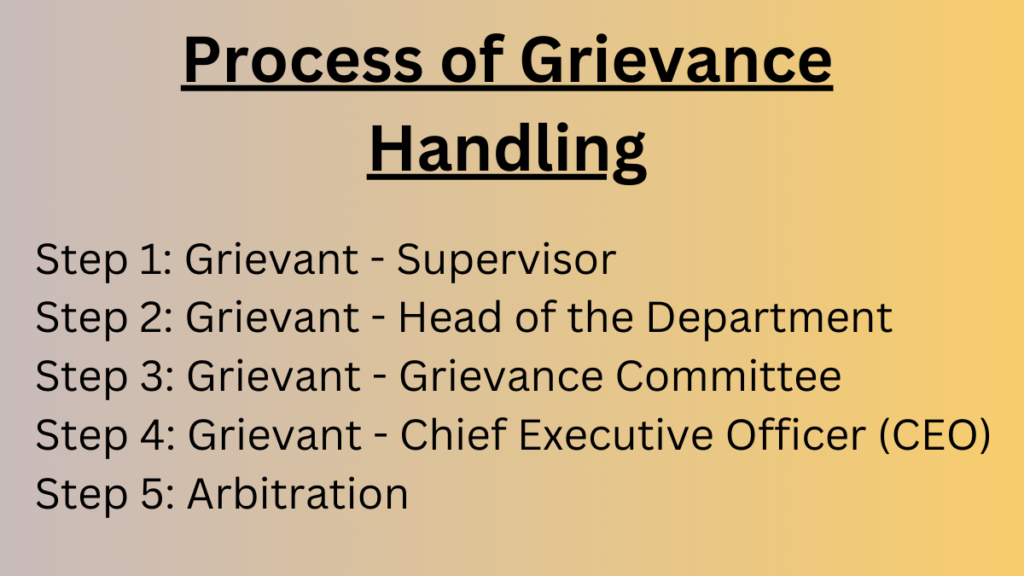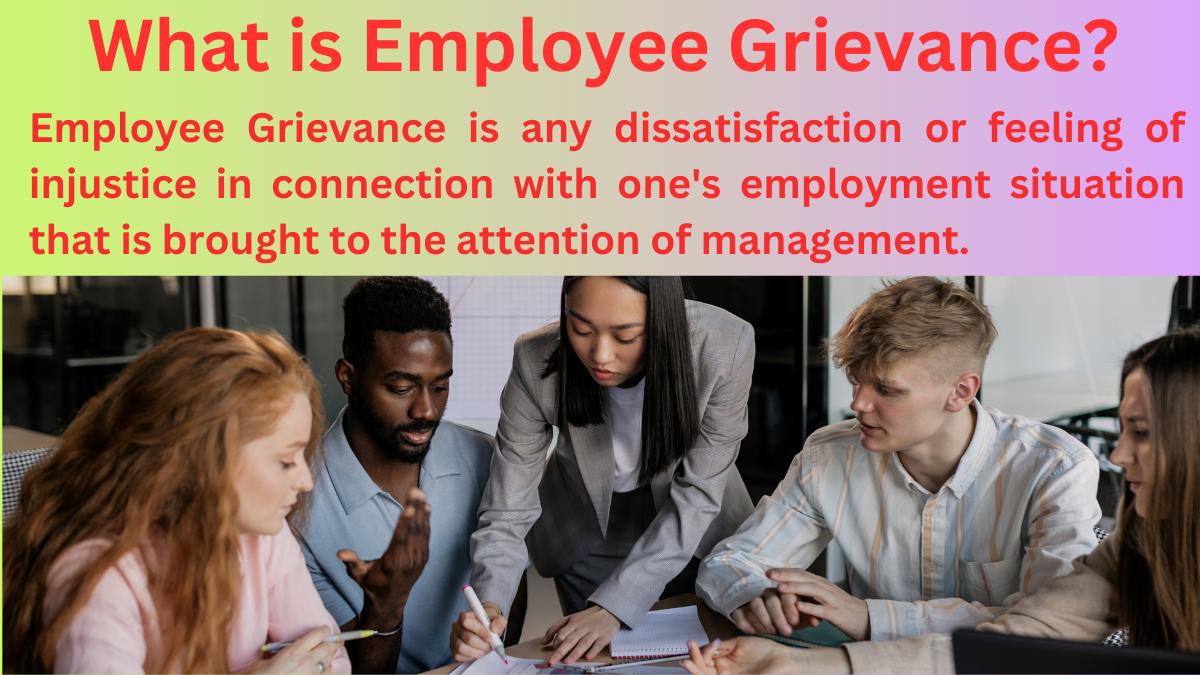What is Employee Grievance?
Grievances are employees’ perceptions of unfair treatment on the job. Even organized or planned organization faces problems related to employee grievances. These grievances represent the dissatisfaction or feeling of injustice in connection with the employment of people in the organization. When the organization fails to satisfy the employee’s needs, it develops a feeling of discontent or dissatisfaction. There can be various employment-related complaints that become grievances in management such as wage differences, working conditions, employment conditions, unjust practices of the managers and supervisors, working hours, and promotion-related issues. Union activity can be another cause to produce grievances. Hence, a grievance may be viewed as a complex psychological phenomenon.
According to Dale S. Beach, “Grievance is any dissatisfaction or feeling of injustice in connection with one’s employment situation that is brought to the attention of management.”
According to Wendell French, “Grievance is a formal complaint filed by an employee following an established grievance procedure.”
Thus, grievance is a complaint given by an employee when he or she feels injustice about the employment relationship.
Process of Grievance Handling
The grievance procedures may be of an open door type or step ladder type. In an open-door type policy, employees are invited informally into the room of the management and talk over their grievances. In big organizations, higher management may not have time to attend to each grievance at a personal level. Therefore, step ladder procedures seem to be effective and resolve disputes progressively. These steps can be explained as follows:

Step 1: Grievant – Supervisor
In step 1, an employee or grievant explains his grievance to his immediate supervisor. This grievant seeks satisfaction from his supervisor. The supervisor must attempt to accurately determine the reason for the grievance. The supervisor must respond within a fixed period whether the employee has the right point to raise the question or deny that the grievance is worthless.
Step 2: Grievant – Head of the Department
If the problem is not solved in the first step, the grievant puts the grievance in writing to higher-level management or perhaps to the head of the department. The written statement indicates why the complaint is considered a grievance and what should be done about the matter. The top-level management studies and tries to settle the grievance problem.
Step 3: Grievant – Grievance Committee
If the decision from Step 2 is not satisfactory, the grievance can be applied to the grievance committee. This committee consists of some representatives of management and employees. This committee will try to settle the grievances in the best way. In case of disagreement, the views of the committee should be recorded and all the relevant records will be kept in front of the chief executive for decisions.
Step 4: Grievant – Chief Executive Officer (CEO)
If the decision of the Grievance Committee is not accepted by the grievant, he may move to the chief executive officer or top-level management. In this step, top management or top union representatives join together and discuss the grievances.
Step 5: Arbitration
Generally, most grievances are settled through the early steps. If the decision or suggestion of the Grievance Committee or the chief executive officer is not accepted by the grievant, the grievance may be referred to arbitration. Arbitration is the last step in grievance handling. It is a procedure, in which a neutral third party studies the bargaining situation, listens to both parties and gathers information, and then makes recommendations that bind both parties.
Causes of Employee Grievances
Employee grievances do hurt organizational performance. It is thus extremely important that one identifies the various causes of employees’ grievances and properly handles them. The major causes of employees’ grievances are enlisted and explained below:
Unfair management
Equality and justified behavior is one of the major expectations of employees working in an organization. When they don’t get that they are grieved.
Inadequate benefits
Employees do expect various kinds of benefits rewards than the salary. They feel happy when they are provided with various kinds of bonuses, allowance packages, holidays, gifts, training opportunities, etc. It leads to the grievance diminishing the performance.
Poor working environment
A clumsy, dark, and polluted workplace along with bad machinery equipment, and raw materials is one of the major cause of employee grievance poor working environment reduce the enthusiasm among employees as they are both physically and mentally disturbed.
Weak leadership
An organization must have a highly dynamic leader. A leader treats them fairly and motivates them to give their hundred percent every single time. The lack of such a lender to whom the employee can look forward is another major employee grievance.
Cordial relationships among employees
If the relationship between the employees working in an organization is not cordial, friendly, respectful, and cooperative it leads to employee grievances.
